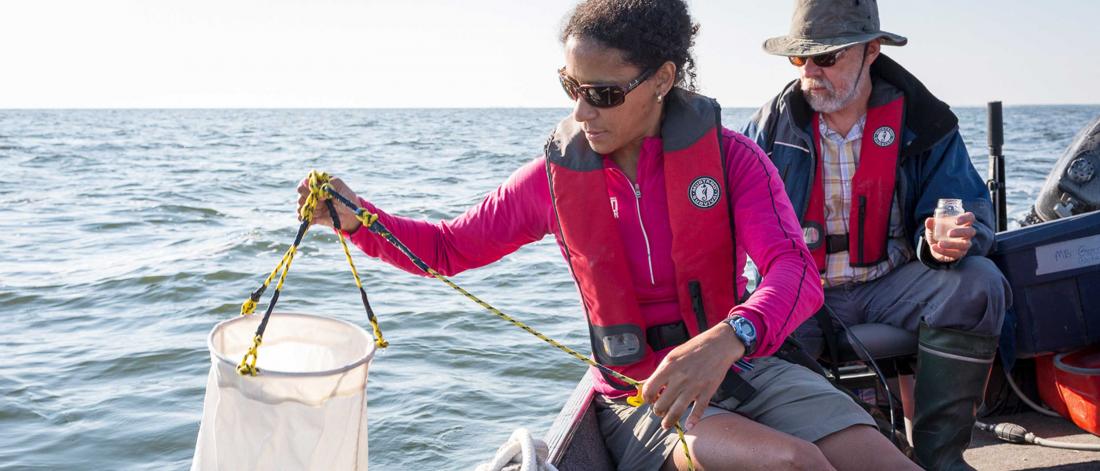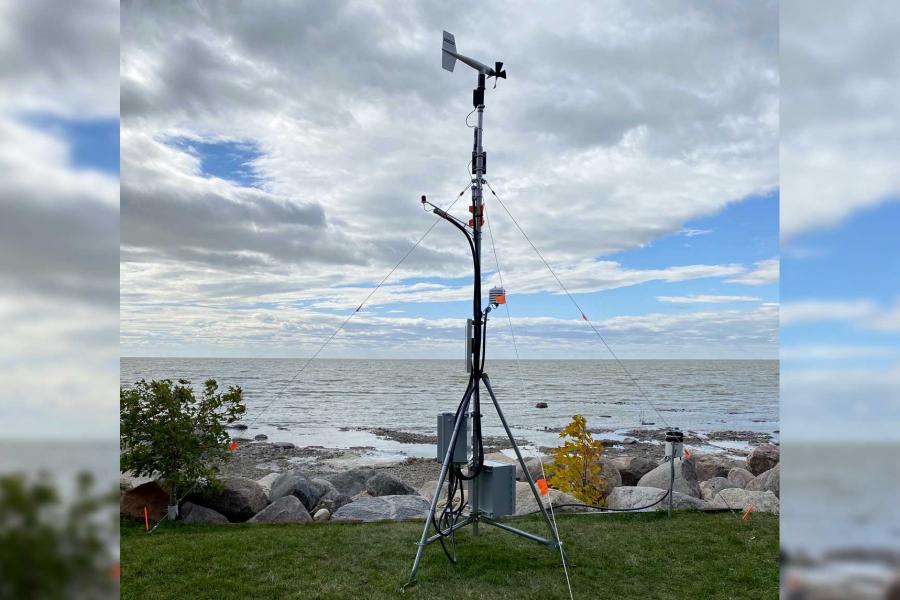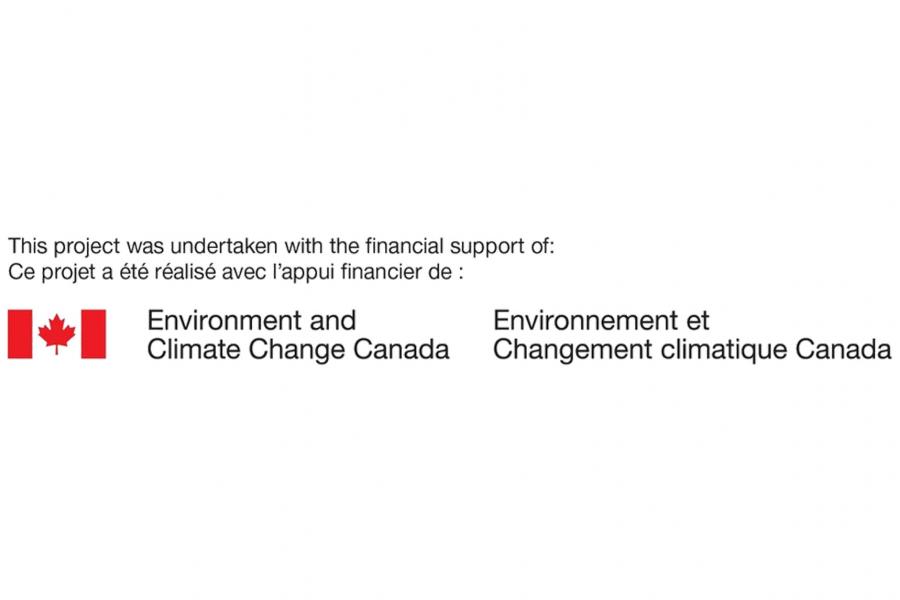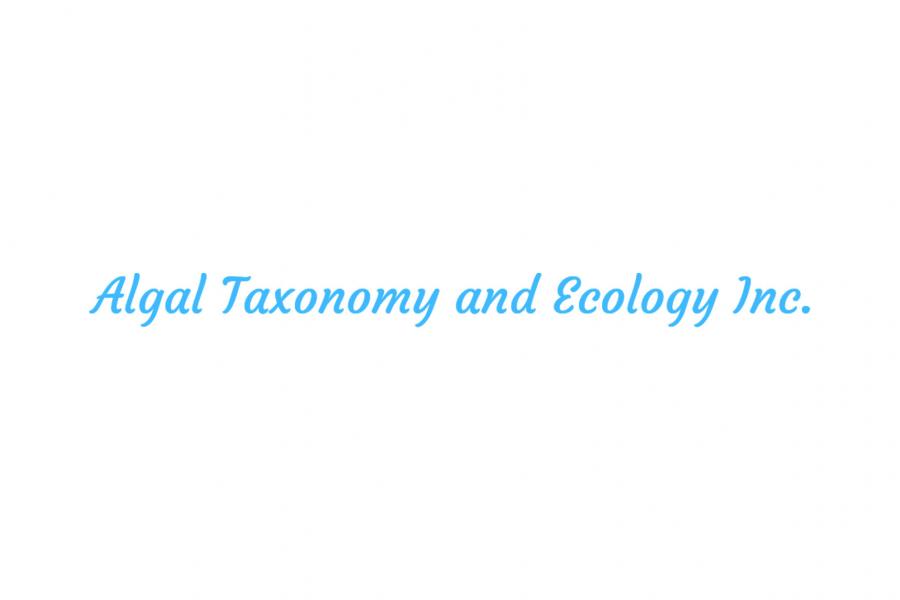Dr. Tim Papakyriakou
Project Lead
Dr. Greg McCullough
Science Advisor
Claire Herbert
Program Manager
MBGL
Hedy Kling
Algal Specialist
Algal Taxonomy and Ecology Inc.
The University of Manitoba campuses and research spaces are located on original lands of Anishinaabeg, Ininiwak, Anisininewuk, Dakota Oyate, Dene and Inuit, and on the National Homeland of the Red River Métis. More
University of Manitoba
Winnipeg, Manitoba Canada, R3T 2N2

For Manitoba, an abundance of clean, reliable freshwater is the centrepiece to the province’s economic and social infrastructure. From clean drinking water and agricultural irrigation to hydroelectric power and recreational activities, the very identity of Manitoba is built upon its freshwater supply.
The upper Manitoba Great Lakes (Lake Manitoba, Winnipegosis and Waterhen) include the 27th (Winnipegosis) and 32nd (Manitoba) largest lakes in the world. They are important drinking water sources for the people who live near their shores, and important recreational and fisheries resources for the region and the Province as a whole. Moreover, they help to protect Lake Winnipeg by filtering nutrients and contaminants in runoff from its western watershed. In particular, the operation of the Portage Diversion during flood events has effectively shifted significant fractions of the Assiniboine River nutrient and contaminant load from the south basin of Lake Winnipeg to the south basin of Lake Manitoba, with undocumented impacts on the latter.

Beginning in 2020, CEOS has partnered with the Manitoba Métis Federation to develop a weather keeper program on the upper MBGL. The program is designed to build Métis capacity in water related management activities and increase Métis ability to make science-based decisions about climate and nutrient issues in the basin. These programs will underpin a co-developed and jointly managed monitoring network that will allow for a system-level understanding of how the MBGL respond to land-use change in the watershed, to such major influences as the operation of the Portage Diversion and re-engineering of the Lake Manitoba outlet, and to regional changes in climate.
Dr. Tim Papakyriakou
Project Lead
Dr. Greg McCullough
Science Advisor
Claire Herbert
Program Manager
MBGL
Hedy Kling
Algal Specialist
Algal Taxonomy and Ecology Inc.
Katelyn Rodgers
Graduate student
Agoston Fischer
Graduate student
Devin Hammett
Technician
Access to clean water is a basic human right. Our research helps the University fulfill its commitment to the United Nations Sustainable Development Goal 6 - Access to Clean Water and Sanitation.
Currently, the physical, chemical, biological and geological processes in the lakes are not well understood. Therefore, we have a poor ability to predict responses to change in factors such as climate, fishing pressure, and nutrient or contaminant loading from the watershed, or to understand impacts carried downstream to Lake Winnipeg, into Hudson Bay and the arctic. For example, climate change impacts include direct lake warming, which intensifies in-lake chemical and biological processes, and increasingly intense precipitation events. It is likely that this has led to increased runoff and more frequent flooding, and hence, increasing nutrient and contaminant transport from the watershed to the lakes, but we have no data to support this speculation. In Lake Manitoba, commercial catch of the most valuable species, pickerel, has declined by more than half since the 1980s. This may be due to pike in-migration through the Portage Diversion, or to high fishing pressure; we have too little information to know the cause. Most recently, in the summer of 2021, zebra mussel larvae were discovered in Lake Manitoba; again, without better information, the impact of this invasive species is a matter of conjecture. Overall, lake management and governance are being decided without adequate scientific support.
Through our multi-disciplinary research the MBGL program will provide biological and physical data to support science-based decision making in the Hudson Bay Watershed, at local, regional and hemispherical scales.
Response to the Province of Manitoba "Engaging Manitobans on Water Management Strategy"
Barber, David; Papakyriakou, Tim; Pflugmacher, Stephan; McCullough, Greg; Herbert, Claire. (2021). Response to the Province of Manitoba “Engaging Manitobans on Water Management. Centre for Earth Observation Science, Faculty of Environment, Earth and Resources, University of Manitoba.
Climate in the Lake Winnipeg Watershed and the Level of Lake Winnipeg
McCullough, Greg. 2015. Commissioned report for the Clean Environment Commission.
Operational Water Quality Monitoring Over Lake Winnipeg Using Satellite Remote Sensing Data
Liu, Jiangui; Hirose, Tom; Kapfer, Mark; Bennett, John; McCullough, Greg; Hocheim, Klaus; Stainton, Michael, Our Common Borders – Safety, Security, and the Environment Through Remote Sensing October 28 – November 1, 2007, Ottawa, Ontario, Canada
View a selection of reports and publications related to our work
Lake Winnipeg Special Edition
In 2021, the Journal of Great Lakes Research published a collection of peer reviewed paywalled publications about Lake Winnipeg. MBGL researchers contributed multiple articles to this issue.
Lake Winnipeg Basin Indicator Series
Environment and Climate Change Canada, Agriculture and Resource Development. 2018. Lake Winnipeg Basin Indicator Series Gatineau, QC. Environment and Climate Change Canada.
State of Lake Winnipeg, 2nd Edition, Technical Report
Environment and Climate Change Canada, Agriculture and Resource Development, Water . 2020. “State of Lake Winnipeg, 2nd Edition, Technical Report.” Gatineau, QC. Environment and Climate Change Canada.

Students in CEOS conduct research that contributes to the global conversation on climate change and its effects on our planet. From their field research, they write stories and bring photos back from their experiences.
This work has been made possible in part with a contract from Health Canada.




Centre for Earth Observation Science
535 Wallace Building
125 Dysart Rd.
University of Manitoba (Fort Garry campus)
Winnipeg, MB R3T 2N2 Canada